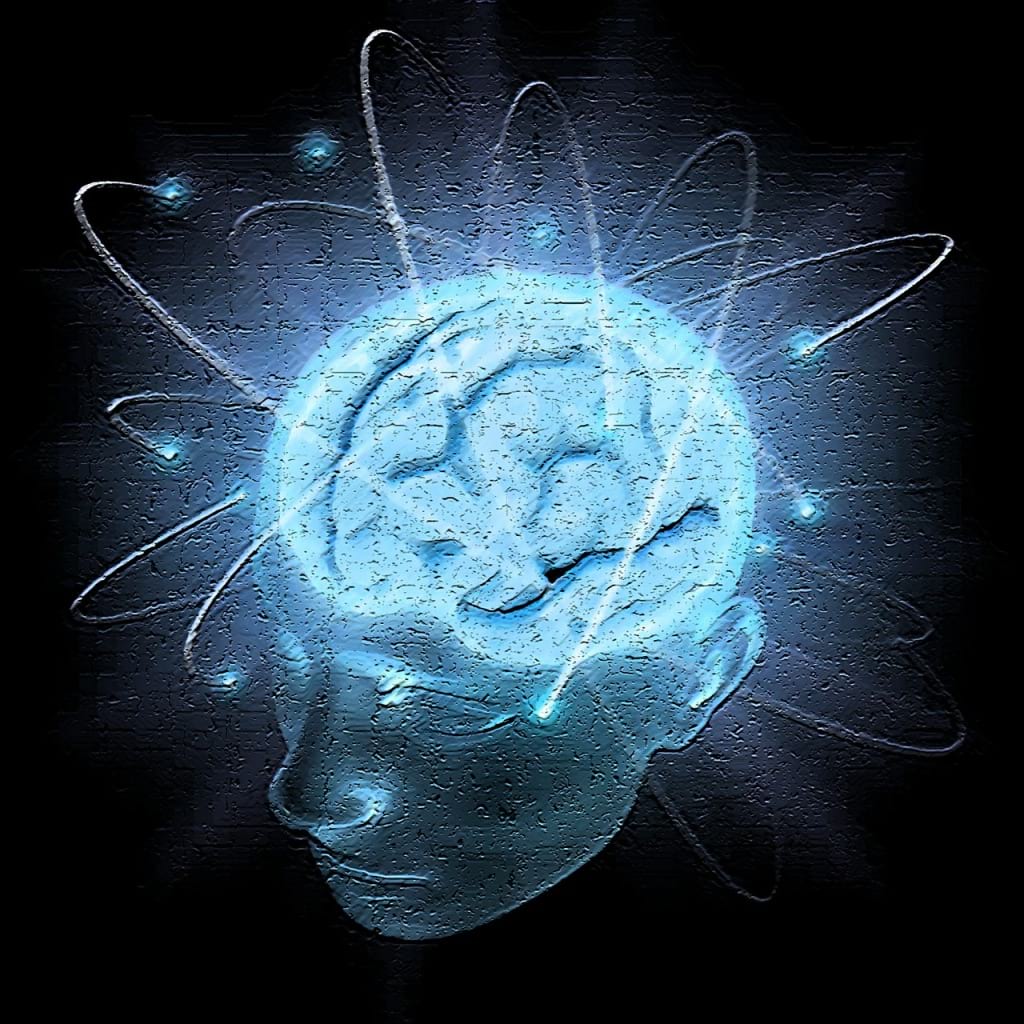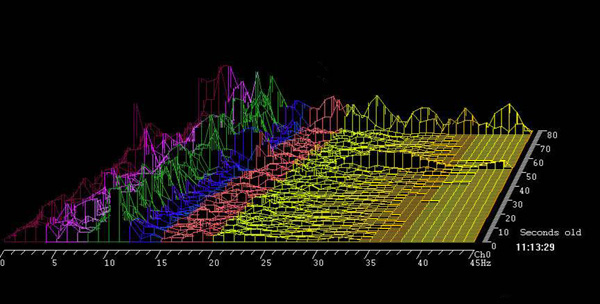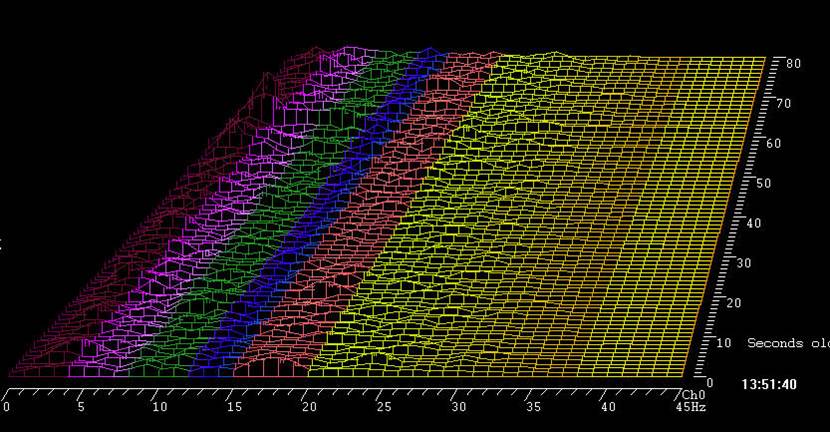Brain Training Through Neurofeedback, Biofeedback, and QEEG for Optimal Brain Function
Heart Rate Variability (HRV)
Bio-Acoustical Utilization Device (BAUD)
Muscular Biofeedback (EMG)
Thermal Biofeedback
Hemoencephalography (HEG) measures brain blood oxygenation and facilitates training to provide greater blood flow to the frontal lobes, thereby enhancing concentration, memory, and emotional control. It is also extremely effective for headache pain. Even in this category, there are two methods. One method is near-infrared (nIR) spectroscopy and the other is passive infrared (pIR). While both types measure cerebral blood oxygenation, they vary in the way they measure it.
Neurofeedback
Brainwaves
- Delta 1-4Hz: This is seen in sleep, repairing of the brain, intuition, emotional radar, trauma and unconscious thought
- Theta 4-8 Hz: This is present in sub-conscious thought, insight, meditative and creative
- Alpha 8-12 Hz: This is the neutral, peaceful, relaxed state that is the gate that allows flow from restorative sleep to alertness
- Low Beta (SMR) 12-15 Hz: This is seen in mental alertness, physical relaxation
- Beta 15-21 Hz: This is being present, sustained attention, thinking, focusing, and conscious thought
- High Beta 21-32 Hz: This is hyper-vigilance, hyper-alertness, extreme anxiety, and PTSD
- Gamma 33-64 Hz: This is integrative thinking, creativity, learning, and the “ah.”
- Traditional Neurofeedback
- Z-score Training
- LENS (Low Energy Neurofeedback System)
- Low Frequency Training
- LORETA Training
- pEMF Training
- pRoshi
- NeurOptimal Training
- CES (Cranial Electrotherapy Stimulation)
- (Scenar) self-controlled energy neuro adaptive regulation.
The CES and pRoshi do NOT have specific protocols. The CES machine is a medical device, registered with and regulated by the FDA (Food and Drug Administration), for depression, insomnia and anxiety. NeurOptimal training and pRoshi methods are based on the brain’s ability to return to self-regulation. Neither of these methods have specific protocols for a specific symptom or brain related issue. Each of the other seven areas has a wide variety of protocols for specific symptoms or brain related dysfunction or for enhancing specific functions, such as the ability to boost memory.
qEEG (Quantitative EEG), LORETA, LENS maps and Avatar 3-dimensional maps, that can locate the specific location, neural hub, and electrical frequency that is not functioning properly. This information ought to be shared with the patient. From this assessment, the method, or methods of treatment are specifically designed to help the brain repair itself.




